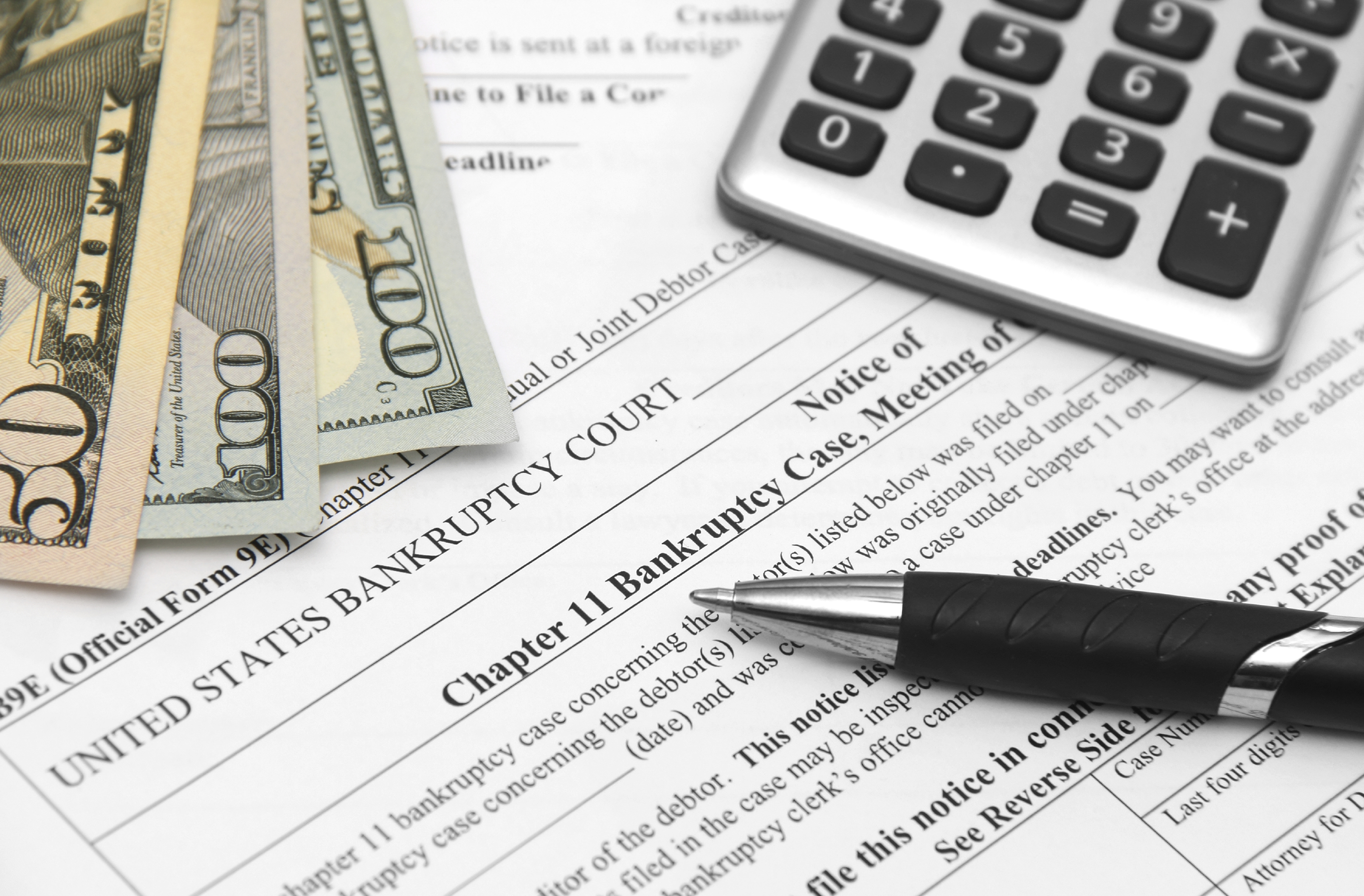
Do you know the difference between Chapter 7 and Chapter 13 bankruptcy? Here’s some very basic information on the different types of bankruptcy to help you out:
Chapter 7
Chapter 7 bankruptcy is a liquidation proceeding in which the debtor’s nonexempt assets, if any, are sold by the Chapter 7 trustee and the proceeds distributed to creditors according to the priorities established in the Code.
Chapter 11
This type of bankruptcy is generally used by businesses that want to keep their doors open while they are working out a reorganization plan to pay their debts to their creditors. It may be a tool used to save a business. The Court must approve the submitted payment plan and the company’s budget. No trustee is needed in this type of filing, although the Court may decide to appoint one. Having Chapter 11 bankruptcy lawyers help guide you through the process is an invaluable resource. Additionally, if the Court does not agree with the reorganization plan they may convert the filing to a Chapter 7 bankruptcy and order the assets to be liquidated to pay debts.
Chapter 12
This particular bankruptcy proceeding is similar to that for Chapter 13, explained below, but is used only for family fishermen and farmers. The farmers or fishermen are able to keep their assets and pay creditors out of future income they expect to earn.
Chapter 13
In this type of filing for individuals, you can meet some of your financial obligations because you are earning some type of regular income such as wages and you are able to pay part of your income to satisfy your debts. A trustee will be assigned to your case, and you will be given a three- or a five-year repayment plan to pay back your debts according to what you can afford, and you must pay a lump sum each month to the trustee, who will distribute the payments to your creditors. Creditors may not contact you or ask for more than the amount approved in the repayment plan.
Chapter 13 will allow you to keep your assets such as your car or your home. It will also protect your co-debtor from attempts by creditors to collect the debt as long as you are making your payments. At the end of the three- to five-year period, the remaining debts you owe may be erased. However, there may be other rules that apply to a secured claim such as a mortgage or a lien on your car, and you should consult an attorney about the rules that apply to these issues.
For more key issues in bankruptcy law, visit the San Diego County Bar Association website.
This information is for educational purposes only and is not intended to provide legal counsel or serve as legal advice. If you have a bankruptcy law matter, it is best to consult the advice of an attorney. You can get referred to an attorney for a free 30 minute consultation through the San Diego County Bar’s Lawyer Referral & Information Service at www.sdcba.org/ineedalawyer or by calling 1 (800) 464-1529.